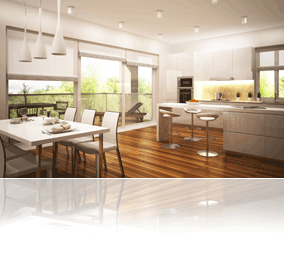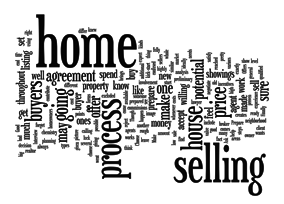
When preparing a property for sale, homeowners often focus on the things that will impress buyers, such as clean and uncluttered spaces, well lit rooms, staged furniture designed to maximize appeal, and so forth.
But it’s equally important to pay attention to those things you don’t want buyers to see… those little turn-offs that, although seemingly minor, can distract buyers and cause them to lose interest in your property.
For example, you don’t want buyers to see these things:
Pets. Although many people love pets, some don’t. Others are allergic to them. Dogs, in particular, can take a keen interest in new visitors, jumping and barking excitedly. It’s best to take pets for a walk during viewings.
Unfinished repairs. Dripping taps. Gouges and marks on walls. Broken tiles. Squeaking gates. Home buyers will notice, and may mistakenly think there are other deficiencies lurking in your home. Do as many repairs as you can. Then be upfront about those that are in progress.
Clutter. It’s common for main rooms, like livingrooms and kitchens, to be clean and uncluttered during a viewing. But buyers who become interested in your property will take a closer look, and check out the garage, cupboards, backyard shed and other places where things tend to accumulate. The more you de-clutter, the better your property will show.
Smells. Obviously not something a buyer will see, but he or she will definitely notice lingering smells associated with pets, garbage, exotic cooking, and smoking. Scents have a strong influence on emotions. That’s why perfume companies do so well! So make sure your home is as scent-free as possible.
You. Nothing personal. When buyers view your home, they want to visualize themselves living there, not you. So let your REALTOR® be the host. Remove as many personal items, such as family pictures and trophies, as possible.









